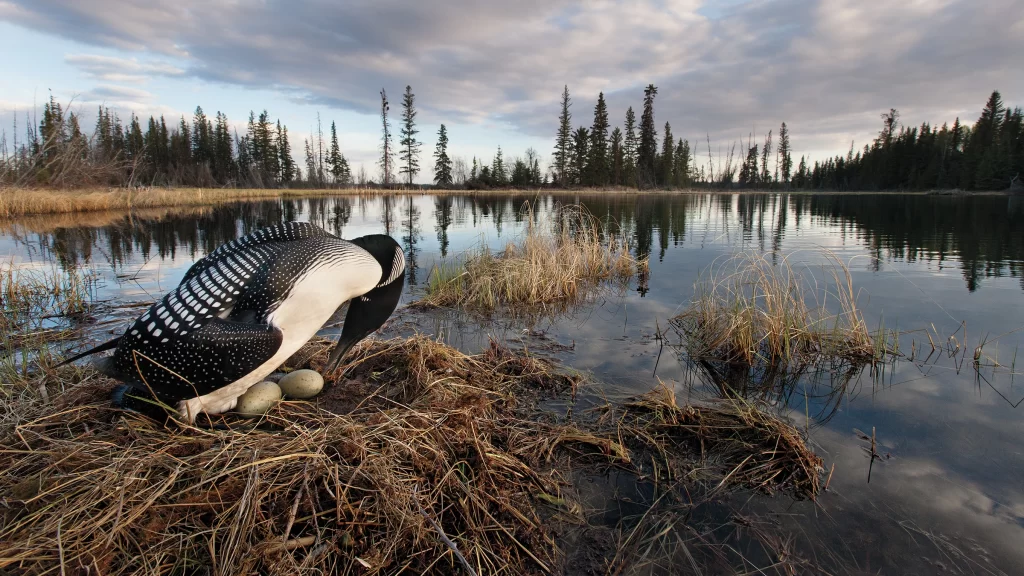In 2000, the National Audubon Society assumed leadership for the Important Bird Areas (IBA) program of the United States. Audubon identifies sites of global, continental, and state significance. To qualify as an IBA, a site must support threshold numbers for species that gather in significant numbers at a particular site, species of conservation concern, and species with restricted ranges.

The full set of Audubon IBAs includes 2759 sites in all 50 states, ranging from less than 1 acre (several sites, such as Adams County Jackpines in Wisconsin) to 89,497,056 acres (Northwestern Hawaii Islands) in size. 239 sites were smaller than 1 sq km (247 acres).
America’s Last Great Places analyzed data for 1240 IBAs over 10,000 acres in the lower 48 states, excluding marine and pelagic sites.
These data will be reviewed in 2024 to determine which IBAs make the greatest additional contribution to conserving natural diversity, building upon the “core portfolio” of America’s public lands.
Note: Audubon’s caveats regarding its IBA site data include the following, among other:
• The IBA boundaries should not be perceived as absolute, definite boundaries. Rather, the boundaries should be considered approximates of the critical habitat areas.
• These data should not be considered a substitute for on-site surveys that may be required for an environmental assessment, environmental impact statement, or conservation planning.
• The information and data associated with the boundaries are continually growing as new data are acquired. Therefore, the data released may become outdated.